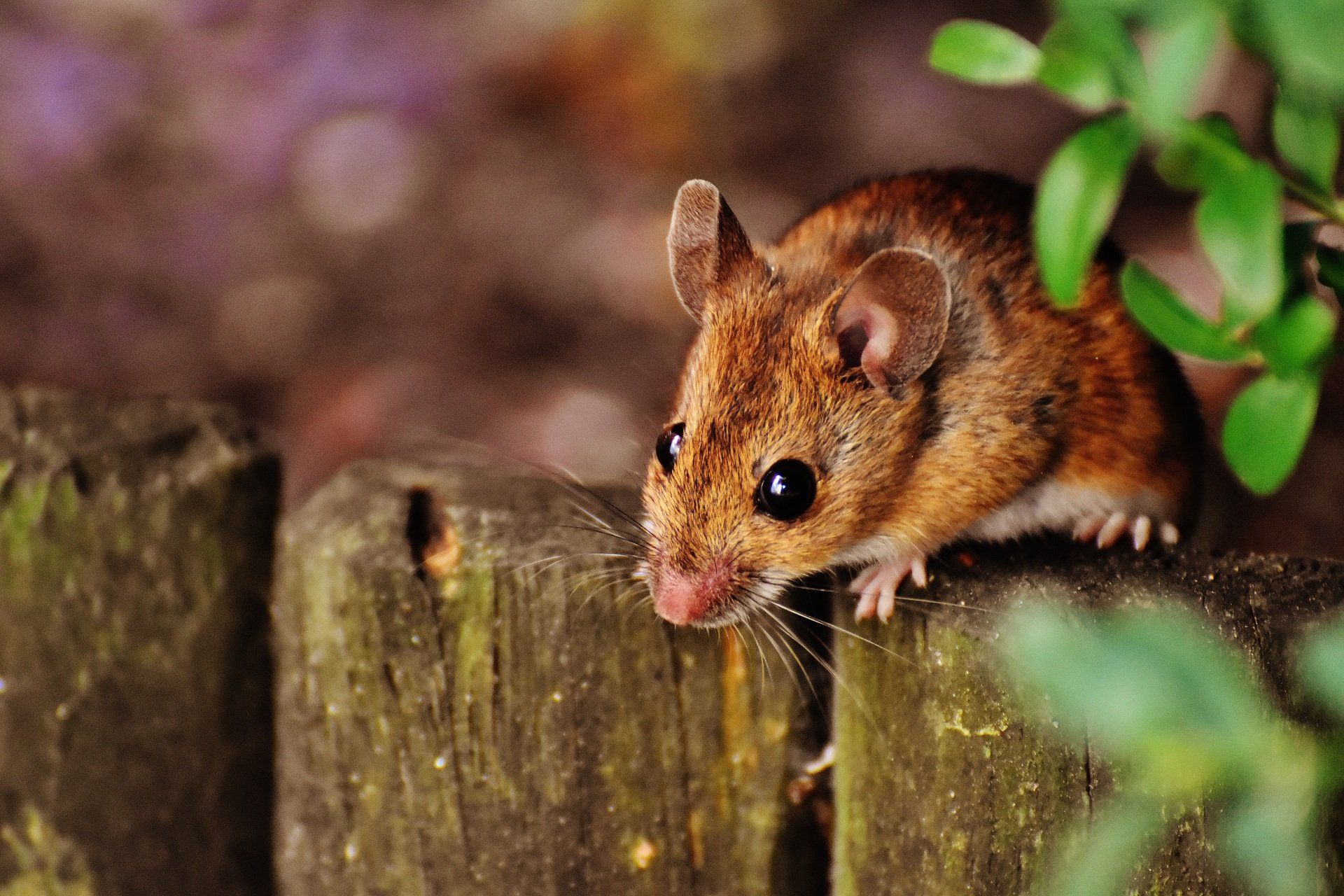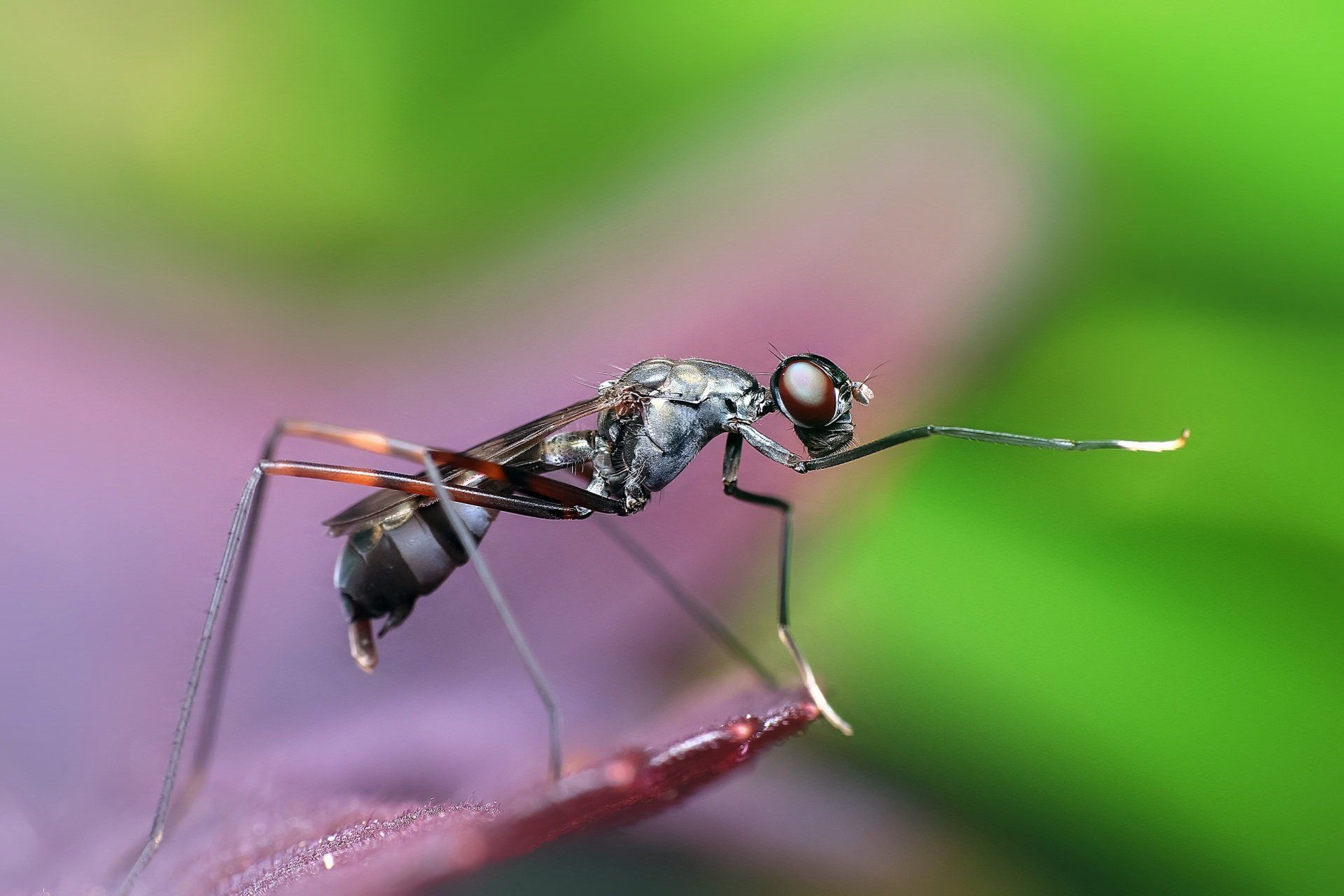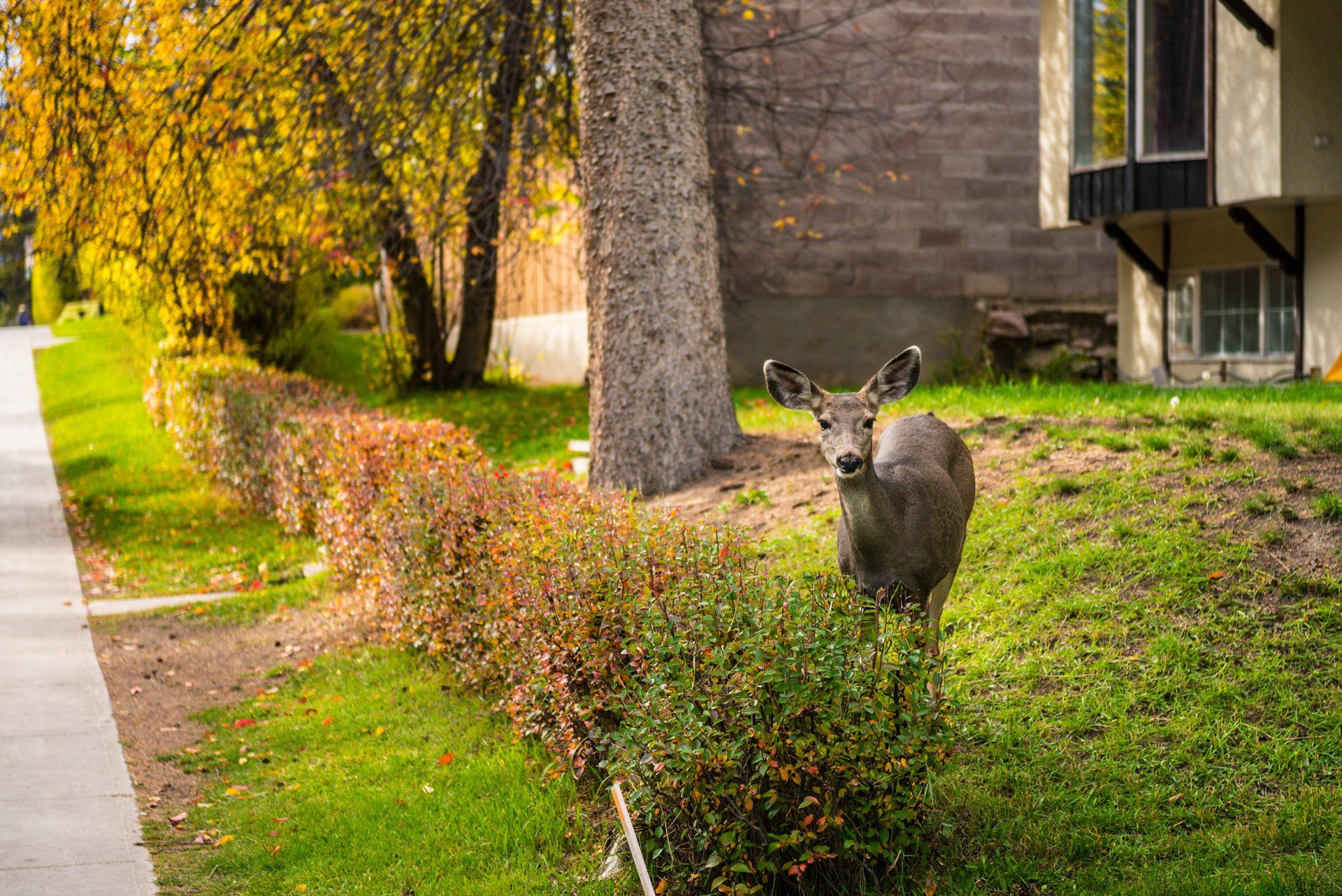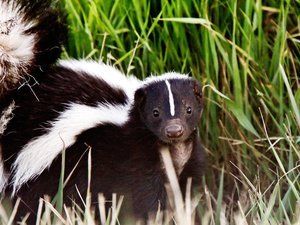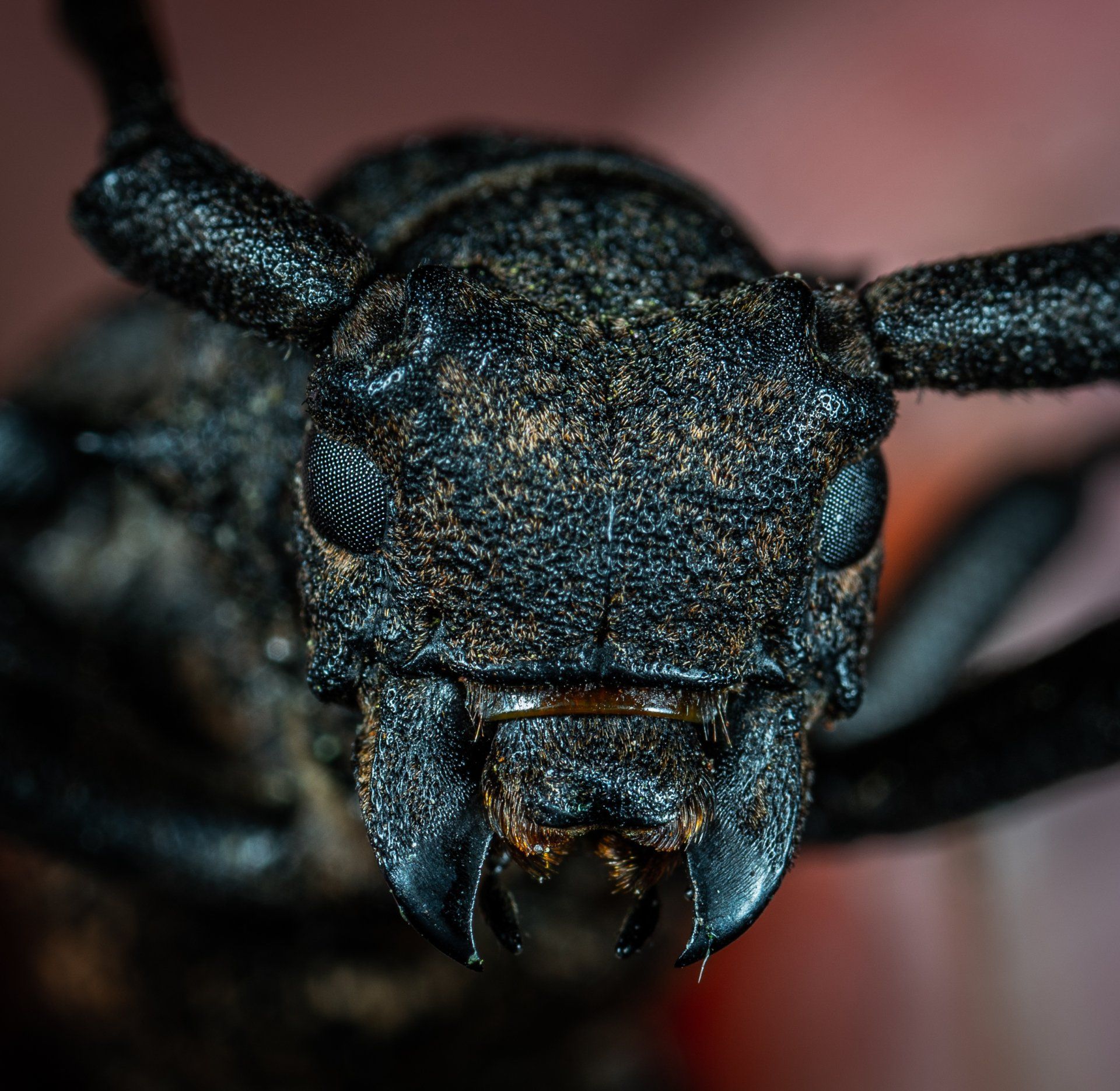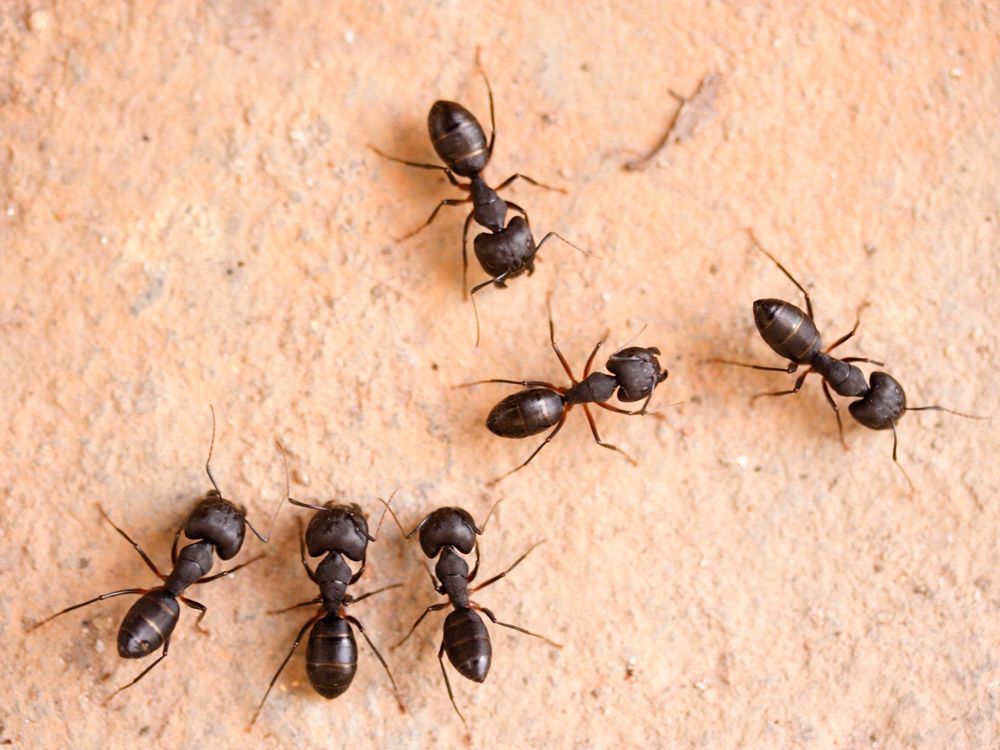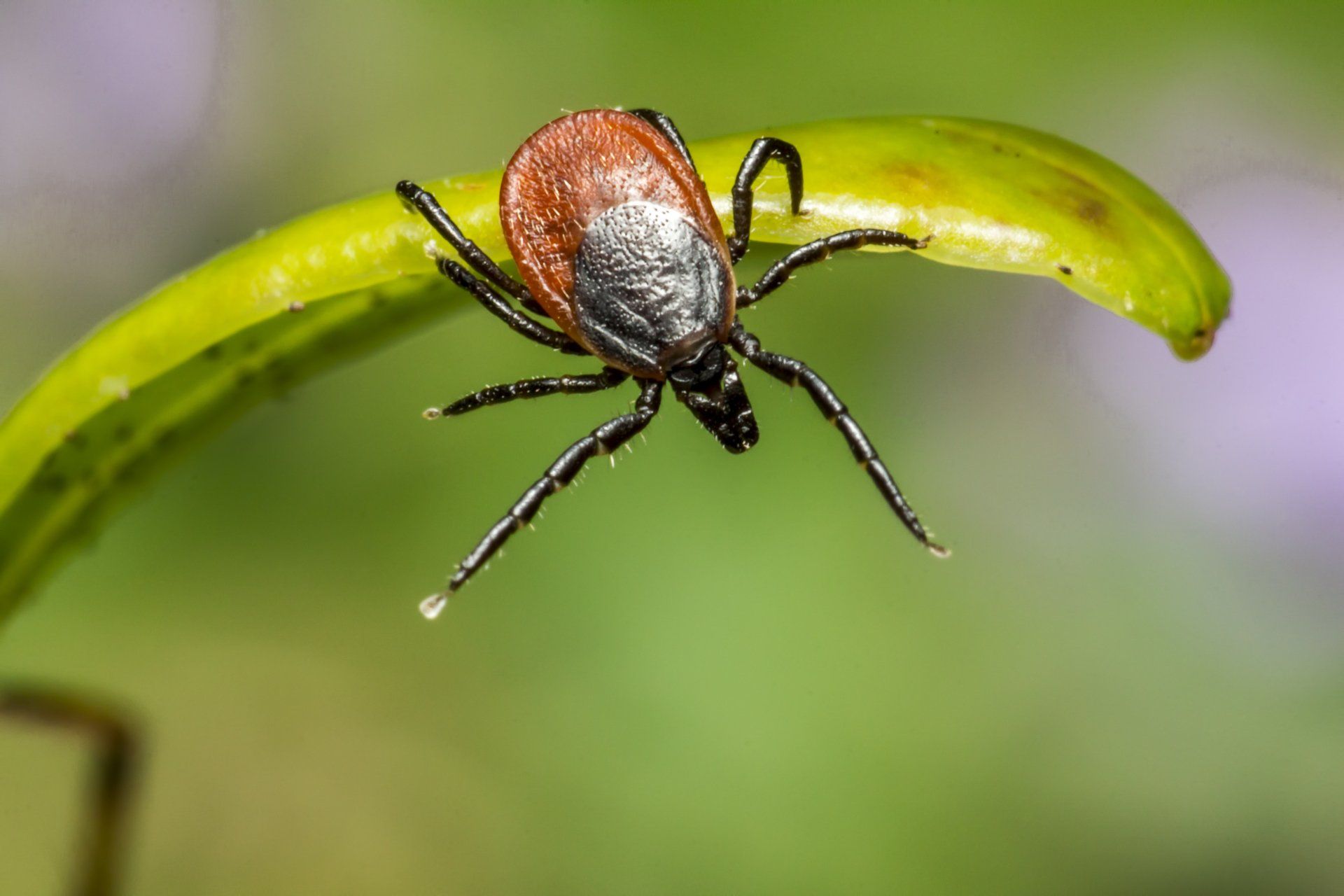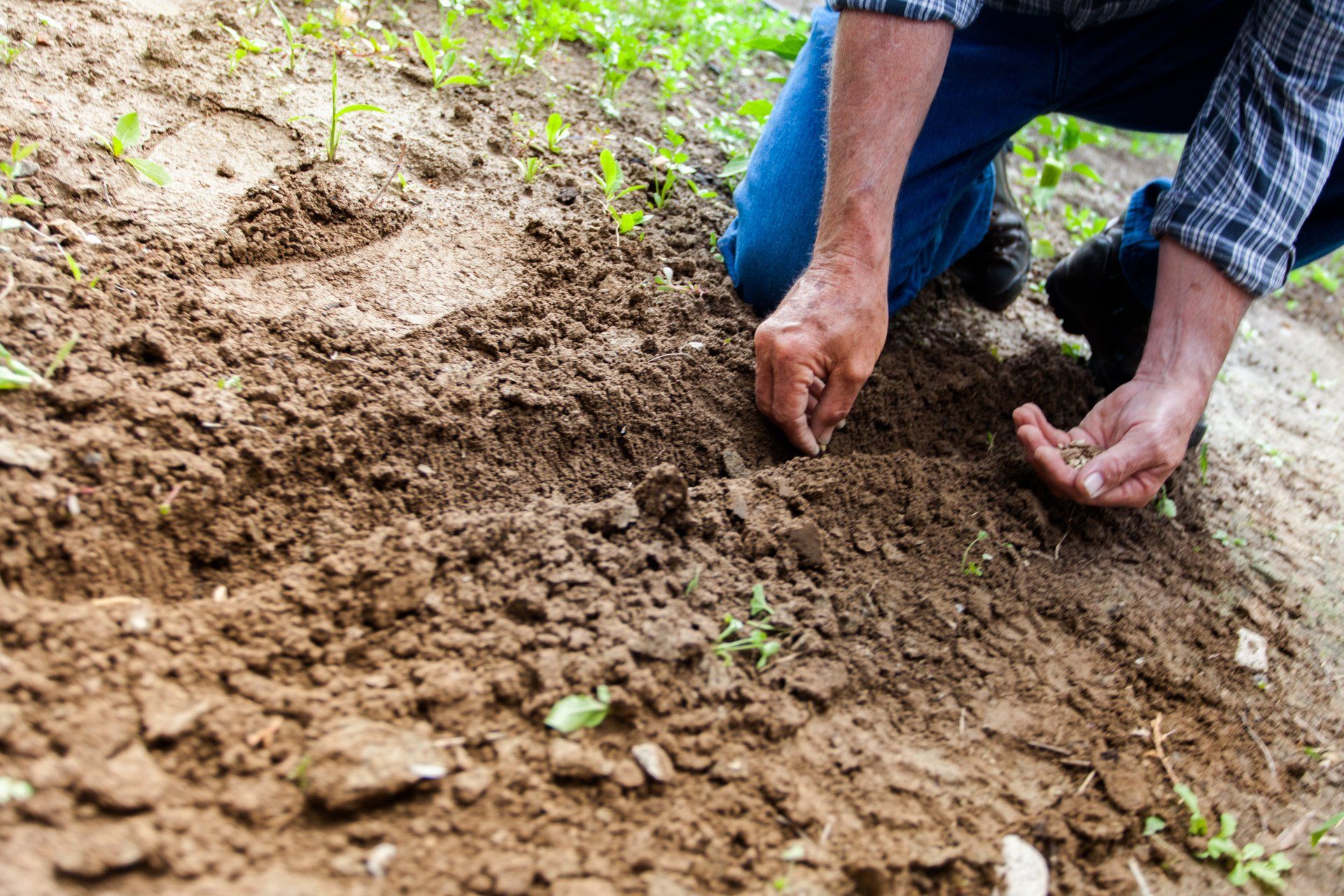What’s Eating My Houseplants? How to Identify Common Household Insects and Pests
Learn to identify common pests that eat houseplants.
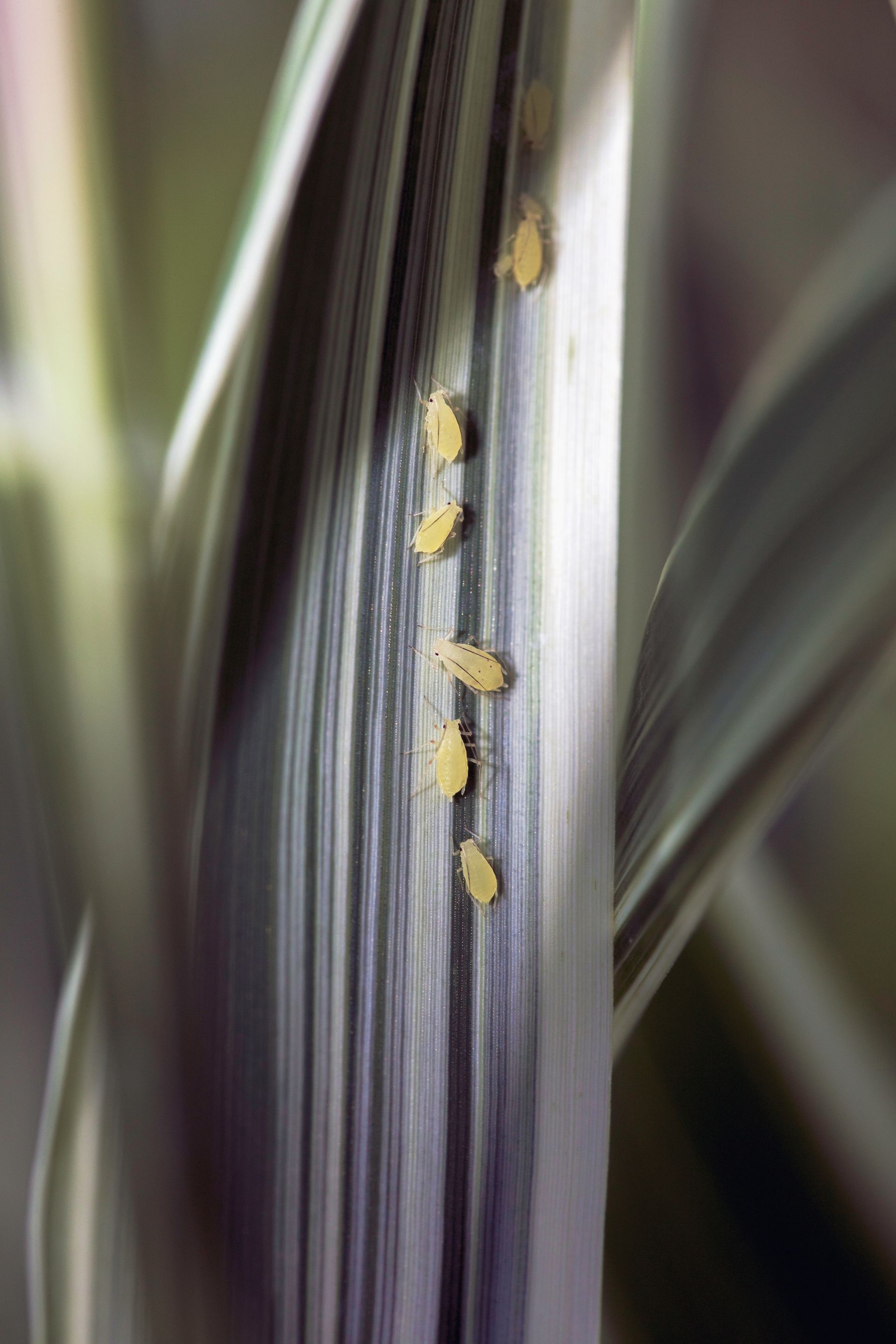
It’s common for more than 100 insects to reside within the average home — and many of these infiltrate your houseplants.
When an insect attaches itself to a houseplant, it can transmit diseases and other organisms as it moves from one plant to another. These organisms may carry harmful viruses, damaging your plants. Your plants are also compromised when these common household insects and pests feed on them.
Understanding what common insects are eating your houseplants helps you to take preventative measures, protecting your plants from harmful pests.
Scales
Scales suck the sap from your houseplants and are soft-bodied insects. You’ll notice them moving ever so slightly in their immature stage, whereas adult scales cover themselves in a protecting waxy coating. Adults stay in place and can be more difficult to notice than immature scales.
You’ll commonly find them underneath the stems and leaves of your plants, but you might occasionally see them on the surface of their leaves. Scales feed on various houseplants but are usually found on ivy, figs, and
citrus trees. Regularly check your houseplants for scales and scratch them off if you spot them.
Mealybugs
Mealybugs are another type of
common household insect and are similar to scales. They also have a waxy coating on their bodies and can make honeydew, which other insects such as ants are attracted to.
You might notice wax on your plants or a white, cotton-like material where the females lay their eggs. After these eggs hatch they turn into crawlers. You’ll commonly see mealybugs on hoys, jade, coleus, poinsettias, and gardenia.
Spider Mite
It’s common for you to miss
spider mites altogether, as they’re incredibly tiny. If you do notice them, they present like small dark spots or specks of dirt on your plant’s leaves.
When you look at the veins of your leaves or along its leaf axis, you may notice silky white webs left by these common pests. Spider mites are commonly found on hibiscus, scheffleras, dracaenas, and ivies.
Whiteflies
Should you notice a powdery white-winged insect that looks delicate in appearance, you might have whiteflies. When in their immature stage, they typically don’t move much, but when you disturb them, the adults flutter about.
Regardless of what stage they’re in, they suck sap from your houseplants. However, the immature stage of these insects is what causes the most damage to your houseplants. They feed underneath the leaves and can affect hibiscus, poinsettias, and ivies.
Aphids
Aphids are another household pest and also produce honeydew. This sap-sucking insect and its sticky residue can attack a variety of houseplants but prefer fresh, new growth.
These household pests have a short lifecycle but their population increases rapidly. They prefer dahlias, zinnias, asters, and cosmos, but are very common on many houseplants.
Protect Yourself From Common Household Insects and Pests
Routinely check your plants for signs of common household insects and pests. If you notice any type of infestation, use a cotton swab with rubbing alcohol to wipe away any household plant insects you encounter, specifically mealybugs and aphids.
You can spray sturdy houseplants with insecticidal soap or neem oil to remove the majority of insects, but spray all surfaces of your plants. For outdoor plants that must be overwintered inside, it is best to treat these plants before bringing them indoors.
If you need help with pest removal in Sparta, NJ, and the surrounding areas, Serene Property Services can help.
Contact us today for an estimate.
We will get back to you as soon as possible
Please try again later
About Us
Contact Info

